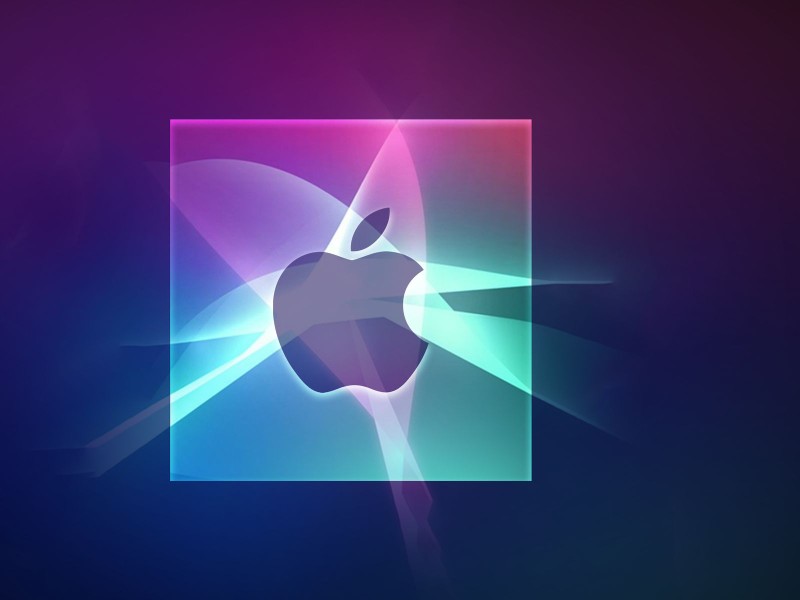Technology
The steps to receive 100 GB of free Dropbox storage for a year on your Chromebook

Technology
Apple WWDC 2024: Major Overhaul Expected for iOS 18 with Advanced Siri, AI-driven Features, and More, Gurman Suggests
Technology
Let Loose Event: The IPad Pro is Anticipated to be Apple’s first “AI-Powered Device,” Powered by the Newest M4 Chipset
Technology
Google Introduces AI Model for Precise Weather Forecasting
-

 Technology4 weeks ago
Technology4 weeks agoThales Introduces AI Platform Tailored for Defense Industry
-

 Technology4 weeks ago
Technology4 weeks agoMarketeam.ai Unveils Ella: A New AI Agent for Social Media Marketing
-

 Technology4 weeks ago
Technology4 weeks agoTheta Labs Unveils Theta EdgeCloud Alongside Additional AI Models
-

 Business3 weeks ago
Business3 weeks agoArtificial Intelligence’s Function in Changing Worker Engagement in the Digital Age
-

 Business3 weeks ago
Business3 weeks agoRico Suarez’s Journey: From Gig Worker to CEO Transforming the Moving Industry with Muvr
-

 Entertainment2 weeks ago
Entertainment2 weeks agoVictoria Team: Setting the Standard of Resilience and Innovation for Miss Supranational 2024
-

 Technology4 weeks ago
Technology4 weeks agoSamsung to Launch Neo QLED 8K and More AI TVs in India on April 17, Pre-orders Now Available
-

 Technology3 weeks ago
Technology3 weeks agoBiden, Kishida Secure Support from Amazon and Nvidia for $50 Million Joint AI Research Program

















